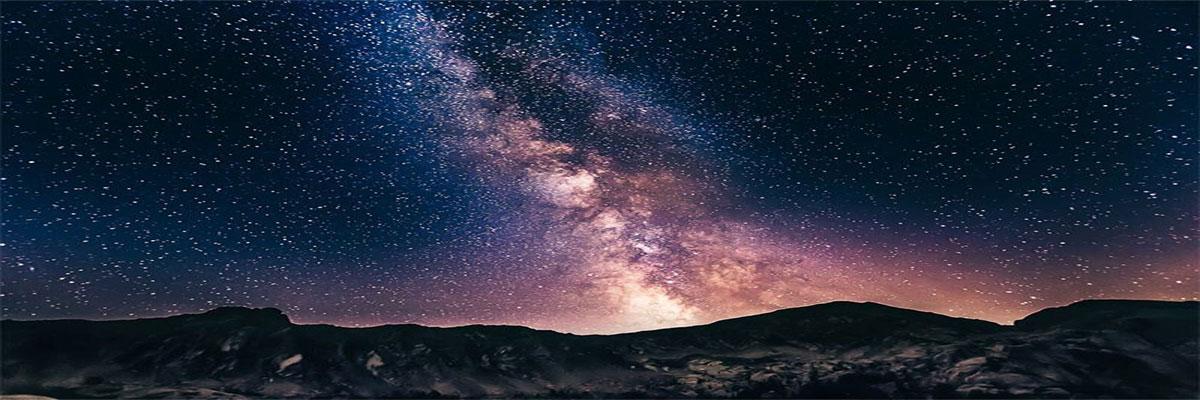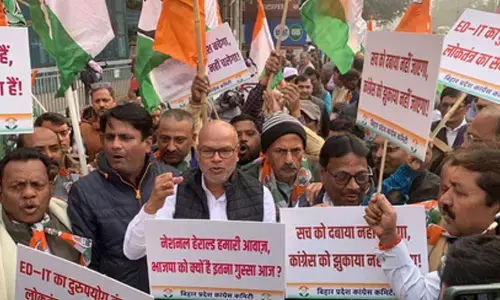Light pollution may cause insomnia in older adults

Exposure to nighttime artificial, outdoor light may increase insomnia risk in older adults, scientists say
Exposure to nighttime artificial, outdoor light may increase insomnia risk in older adults, scientists say. The study is the first population-based investigation to show that artificial, outdoor light exposure at night in an area increased prevalence of hypnotic prescriptions and daily dose intake. Furthermore, older adults exposed to higher levels of artificial, outdoor light at night were more likely to use hypnotic drugs for longer periods or higher daily dosages.
"This study observed a significant association between the intensity of outdoor, artificial, nighttime lighting and the prevalence of insomnia as indicated by hypnotic agent prescriptions for older adults in South Korea," said Kyoung-bok Min, an associate professor at Seoul National University in South Korea. "Our results are supportive data that outdoor, artificial, nighttime light could be linked to sleep deprivation among those while inside the house," said Min. Insomnia can involve struggling to fall asleep, having trouble maintaining sleep, or waking up too early.
A variety of environmental factors, including excessive noise or light and extreme temperatures, will disrupt the sleep of most individuals. Researchers showed that the inappropriate or excessive use of artificial, outdoor light at night, referred to as "light pollution," has emerged as a novel environmental factor linked to human health. Artificial nighttime lighting, whether indoor or outdoor, induces disruption of circadian rhythms, potentially leading to metabolic and chronic diseases, including cancer, diabetes, obesity and depression.
The study used data from 52,027 adults who were 60 years of age or older. About 60 per cent of participants were female. Light exposure was based on satellite data. The estimated light pollution level in each administrative district was matched with individuals' residential districts to determine an individual exposure level. Usage data for two hypnotic drugs, zolpidem and triazolam, were extracted from health insurance records. About 22 per cent of study participants had prescriptions for hypnotic drugs. Min added that public health officials seem to be less concerned with light pollution than with other environmental pollutants.
However, this study strengthens the potential link between light pollution and adverse health consequences. "Given the recent scientific evidence including our results, bright outdoor lighting may be a novel risk factor for prescribing hypnotic drugs," Min said.














